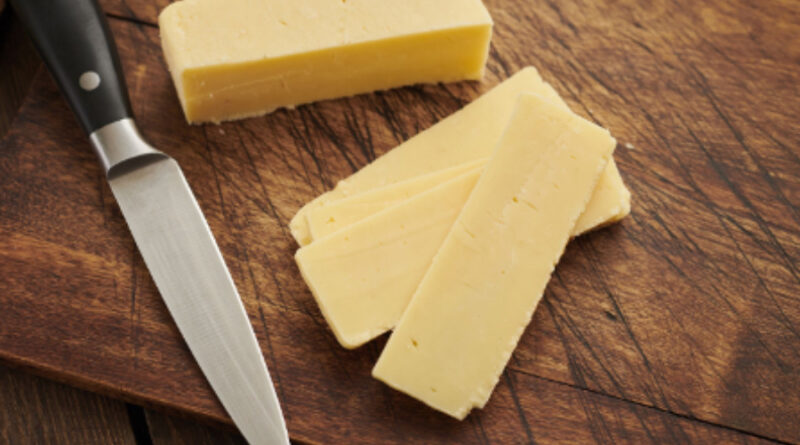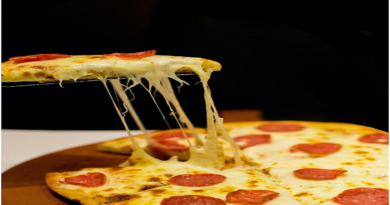5 Tips To Make Cheese Slicing Safer
If you love cheese, there’s no doubt you’ve sliced up a few wheels in your time. However, it can also be dangerous if you don’t take the necessary precautions. There are a few ways to ensure that slicing cheese is as safe as satisfying. This guide will give you six tips to make cheese slicing safer so you can enjoy your favourite dairy products without worrying about hurting yourself.
Always make sure your knives are sharp and properly positioned:
The first tip is to ensure your knives are sharp and use them correctly.
With a dull knife, you have to push down harder on the cheese, which can lead to an increased risk of injury or broken knives. You can use a sharp knife with less force and still slice through your cheese like butter. It will help prevent injury as well as protect your knives from breaking.
Similarly, if you have to press too hard on your blade, it’s time for a new one!
Store cheese in an airtight container to prevent it from drying out:
To keep your cheese fresh, store it in an airtight container. It will prevent the cheese from drying out and becoming crumbly. Additionally, it would help if you kept your cheese refrigerated. If you’re not going to eat the cheese within a few days of opening it, freezing it is an excellent way to preserve its flavour and texture until you are ready to use it again (make sure to thaw it fully before slicing).
Finally, never leave raw or cooked food uncovered, including sliced cheese! Keeping this tip in mind will help ensure that any bacteria present on your cutting board or knife do not spread onto the surface of your slice or its packaging.
Don’t Leave cheese at room temperature for up to two hours.
No matter what, you should only leave the cheese at room temperature for up to two hours. If you do leave it out for longer than this, the cheese can develop mould because bacteria love cheese! Some cheeses are so prone to mould that they’re sold with warning labels. Even if you don’t like mouldy cheese (who does?), keeping your cheese wrapped in plastic will help keep the contamination at bay.
Use Cheese Cutters:
Cheese cutters are a great way to ensure that your cheese is evenly sliced. It will help you avoid those annoying lumps and bumps that can occur when using just a knife. Also, a cheese cutter will ensure that your slices are the same size, making it easier to serve them. There are many types of cheese cutters, like:
- A traditional cheese slicer is a handheld tool with two circular blades.
- The wire cheese cutter uses two parallel wires that are moved back and forth to slice through the cheese.
- The V-shaped cheese slicer uses a single blade to cut thin slices of your favourite cheese.
Always sanitise your board before slicing anything:
Use a sanitising solution like bleach, or make your own with 1/2 cup of baking soda mixed with one gallon of water. After washing your hands, dip the cutting surface into the solution and let it sit for 30 seconds before drying it off with a clean towel. Do not put plastic boards in the dishwasher—It will warp them over time, causing them to be less effective at slicing cheese safely.
- Wash all your tools after each use (especially if you’re using them for meat).
- Don’t use the same board for meat as you do for cheese—they have different bacteria that need to be kept apart during storage, transportation and preparation.
Conclusion
Cheese is a modern diet staple, and it’s no wonder why. It’s delicious, versatile, nutritious and easy to use. However, when cutting cheese, you must take certain precautions to prevent any injuries from happening on the job! Therefore the above-outlined tips will help you keep your fingers safe during cheese slicing.




